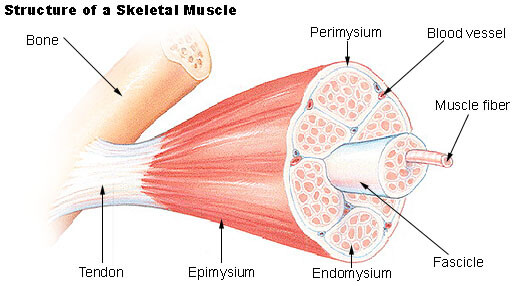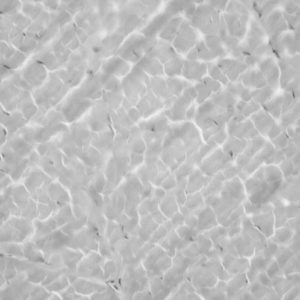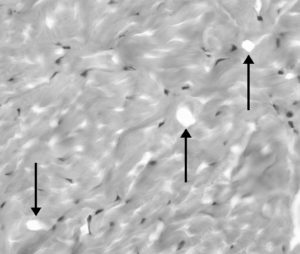Even the best method of treatment won’t work for a problem has been misdiagnosed. It’s like taking your car in for a noise coming from under the hood and having the mechanic replace a fan belt. If the problem was the fan belt, great. If not, you’re still going to have that noise.
“Tendonitis” has sadly become such a catch-all that people use it in cases where it doesn’t even exist. Take Nick Bryant, who writes the myrotatorcuffcure blog. Bryant, who seems like a regular guy, apparently tore his rotator cuff (a web of small muscles around the shoulder that helps keep the bone in the right place in its socket) a little while back. After a heck of a lot of pain, he went to see a doctor who told him that he had an impingement. He tried cortisone shots and “physio” (I guess this means physical therapy), but didn’t have much luck, so his doctor recommended surgery. Bryant didn’t want to go that route, so he found a book with some Pilates exercises, did them for a few weeks and got better. Now he’s become such a fan that he has a link to the book on his website.
First of all, congratulations are in order for Bryant, who didn’t just sit around waiting for a surgeon to cut him open needlessly. And it’s great that he found a method to heal himself. But let’s take a little closer look at the circumstances of his problem, because there are a few odd notes along the way.
First of all, a tear isn’t going to heal very quickly no matter what you do. Rest is definitely on the menu, although Pilates might not be. Second, Bryant says that he had an impingement. There are basically two types of impingement: one, the bones have grown so that they impede movement. This sort of impingement isn’t going to respond to anything other than surgery (shaving the bones down so they aren’t in the way as much anymore), and since Bryant says he’s better now, this probably isn’t what he had.
The other type of impingement occurs when the bones are okay, but the surrounding muscles have become imbalanced. The imbalance can be caused either by a lack of flexibility or else by one or another muscle being excessively strong or weak. Whatever the cause, something will be pulled out of alignment, causing it to rub against a bone or joint, which then causes pain. Given that Bryant fixed himself by doing some Pilates stretches and balancing exercises, it’s virtually certain that he had this second sort of impingement.
So what does this have to do with tendonitis? In reality, not much. But Bryant mentions at the bottom of his blog that the exercises in the book are good for relieving “torn rotator cuff, shoulder impingement or tendonitis”. Since the author of the book, Jennifer Adolfs, doesn’t make any claims on her website about the book’s ability to address tendonitis, it kind of makes me wonder where Bryant got the idea that it does. And I’m afraid we probably have to lay the blame at the feet of his doctor. Why would a physician give “steroid injections” to someone with a torn cuff or impingement? Sure, one might help with the initial inflammation a bit, but note the plural. The doctor gave multiple injections, which is one of the commonly accepted treatments for tendonitis. (Cortico-steroid injections certainly aren’t going to make the impinging bone shrink back to acceptable dimensions.)
Once again, we have a situation where any shoulder problem suddenly becomes “tendonitis”. If your doctor has told you that you have tendonitis but you haven’t been getting better with the usual regimen of NSAIDs, rest, ice and so on, you most likely do NOT have tendonitis. Your condition might be an impingement that can be cured by stretching and re-balancing the relevant muscles, like Bryant did. Or it might be tendonosis, which will require a very different approach. Whatever the case may be, the first thing to do is understand what your condition truly is. If you’ve been told that you have tendonitis but think that you might have been misdiagnosed, I have posted a self-diagnosis tool that will quickly allow you to see for yourself.






 One thing about the internet, there are lots and lots of supposed cures for pretty much everything under the sun. Tendonitis is no exception; you can find bogus remedies like
One thing about the internet, there are lots and lots of supposed cures for pretty much everything under the sun. Tendonitis is no exception; you can find bogus remedies like